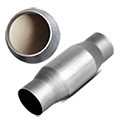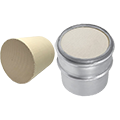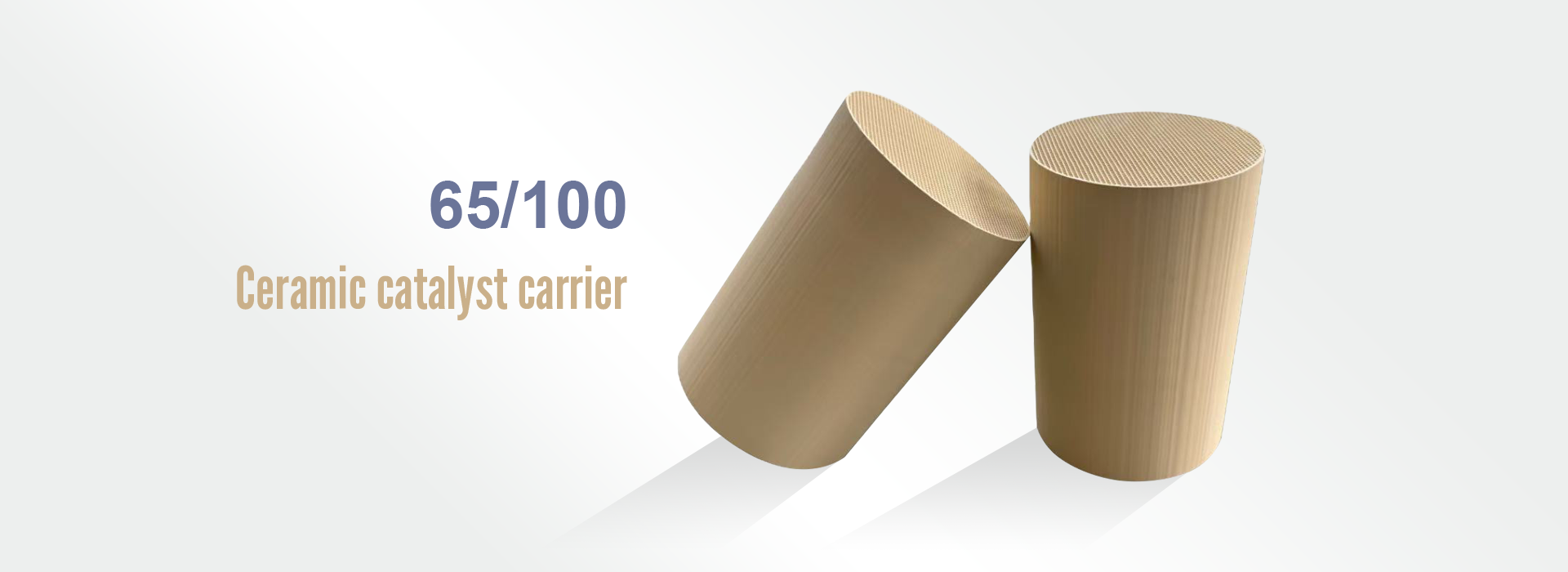Before replacing the catalytic converter, ensure the vehicle is securely parked and the parking brake is engaged. Use a jack to raise the vehicle for easy access to the chassis.
Next, locate the catalytic converter. It's typically located in the vehicle's exhaust system, connecting the exhaust pipe and muffler.
Next, use tools to remove the exhaust pipe and the screws securing it to the catalytic converter. Be careful during removal to avoid damaging other components.
Remove the old catalytic converter from the vehicle. There may be some residual exhaust gas and impurities, so be sure to protect and clean it properly.
Remove the new catalytic converter and connect it to the exhaust pipe, ensuring it is tight and free of looseness.
Secure the new catalytic converter to the vehicle chassis with screws, tightening the screws to the specified torque to ensure a secure installation.
After installation, carefully inspect all connections for proper installation and leaks.
Finally, lower the jack, start the vehicle, and let the engine run for a while to observe the proper operation of the newly installed catalytic converter. The following is a simple comparison chart to help you better understand the key steps and precautions for replacing a three-way catalytic converter:
Steps and Key Points
1. Preparation: Prepare your tools and new three-way catalytic converter.
2. Parking and Raising the Vehicle: Park the vehicle securely, apply the parking brake, and raise the vehicle with a jack.
3. Positioning and Removal: Locate the three-way catalytic converter and carefully remove the connecting components.
4. Removal and Cleaning: Remove the old catalytic converter, protect it, and clean it.
5. Installing the New Part: Connect the exhaust pipe and secure the new catalytic converter.

























